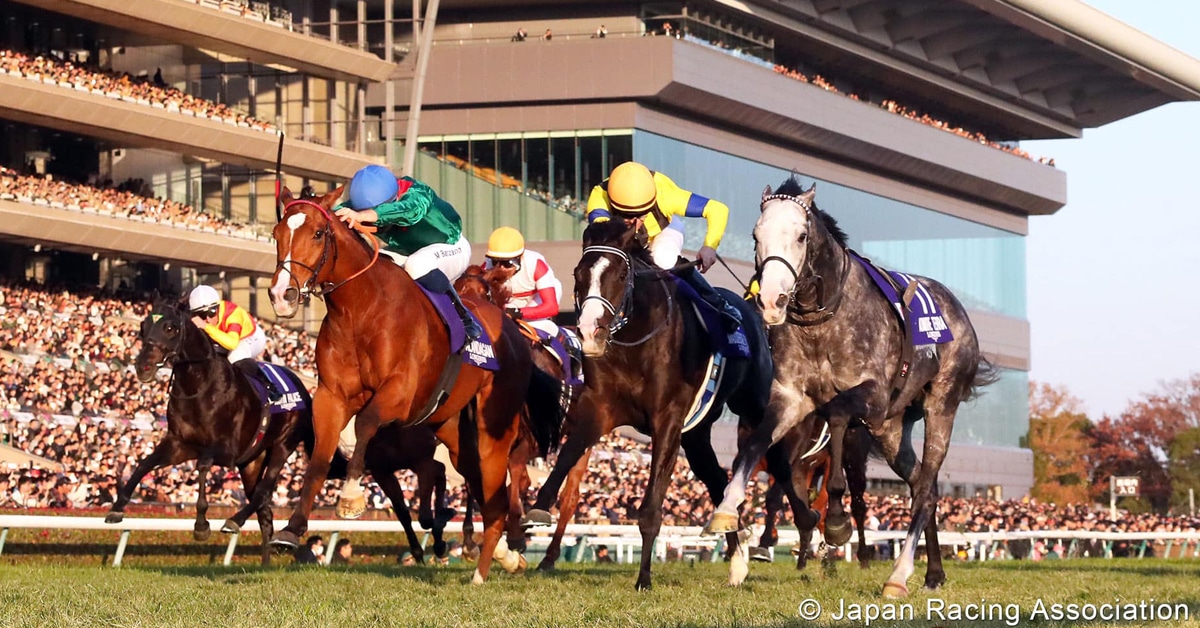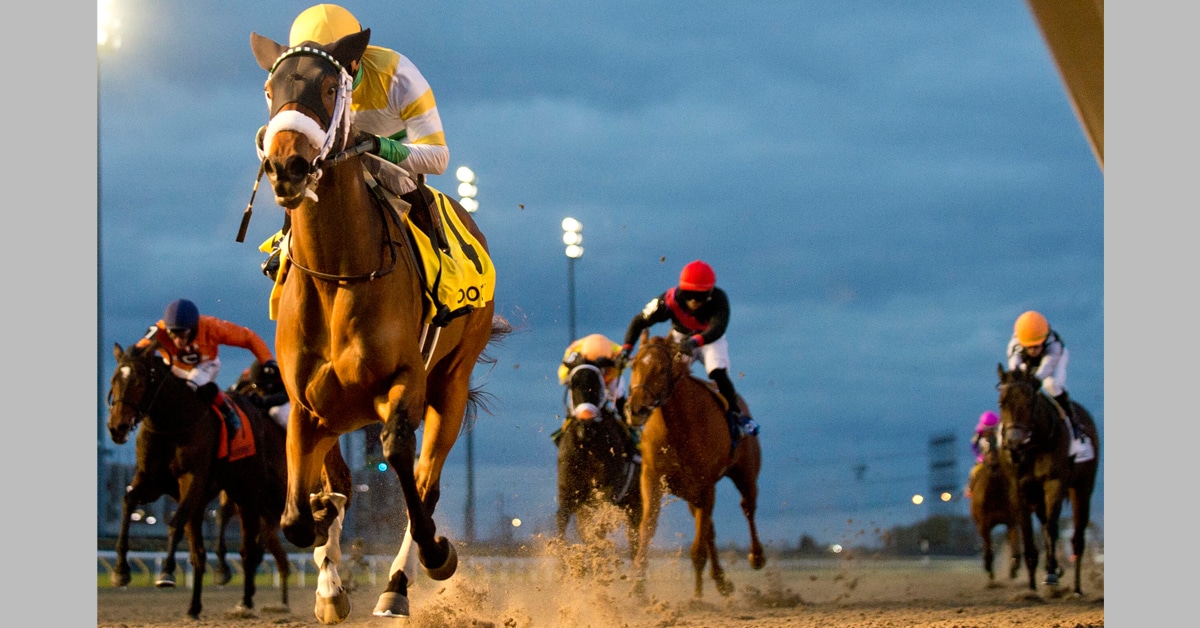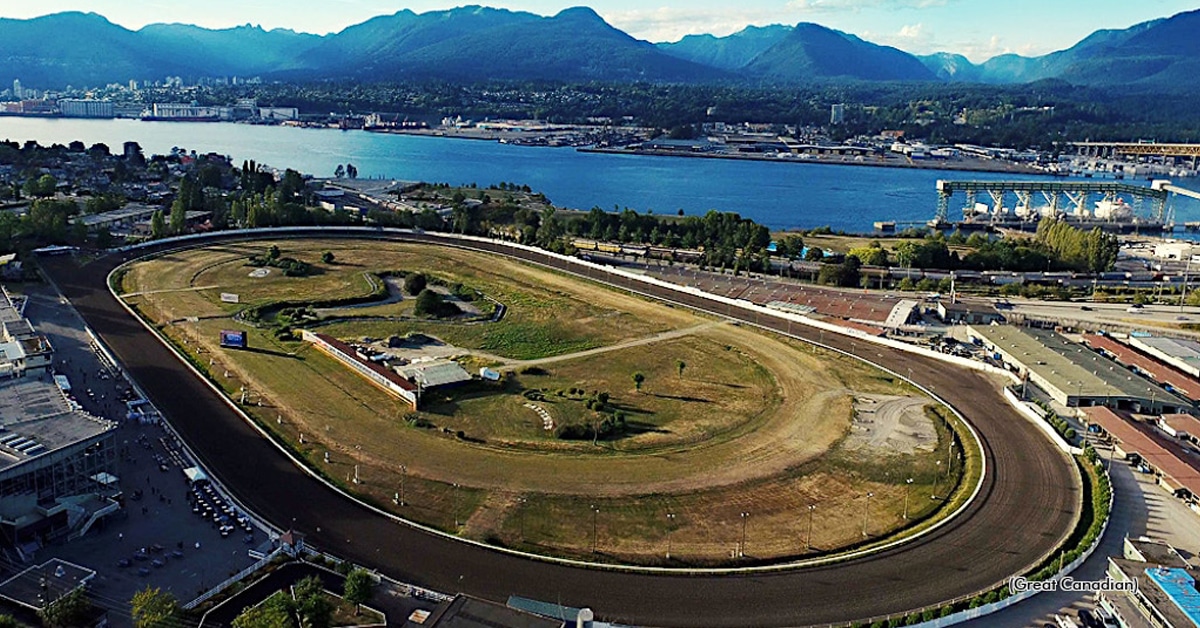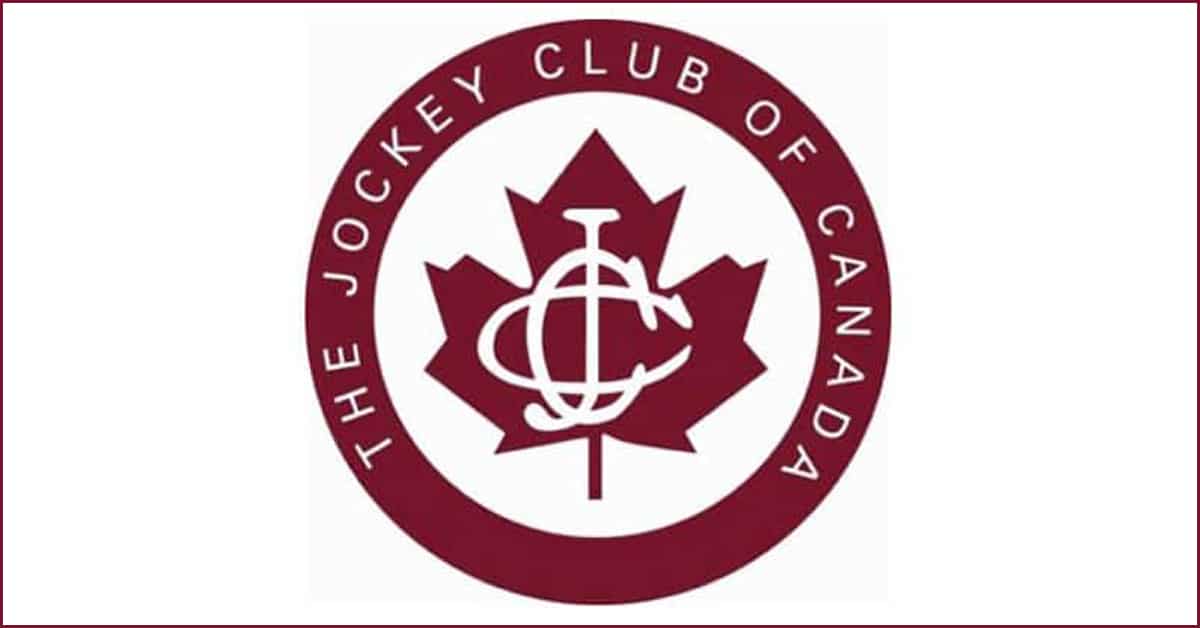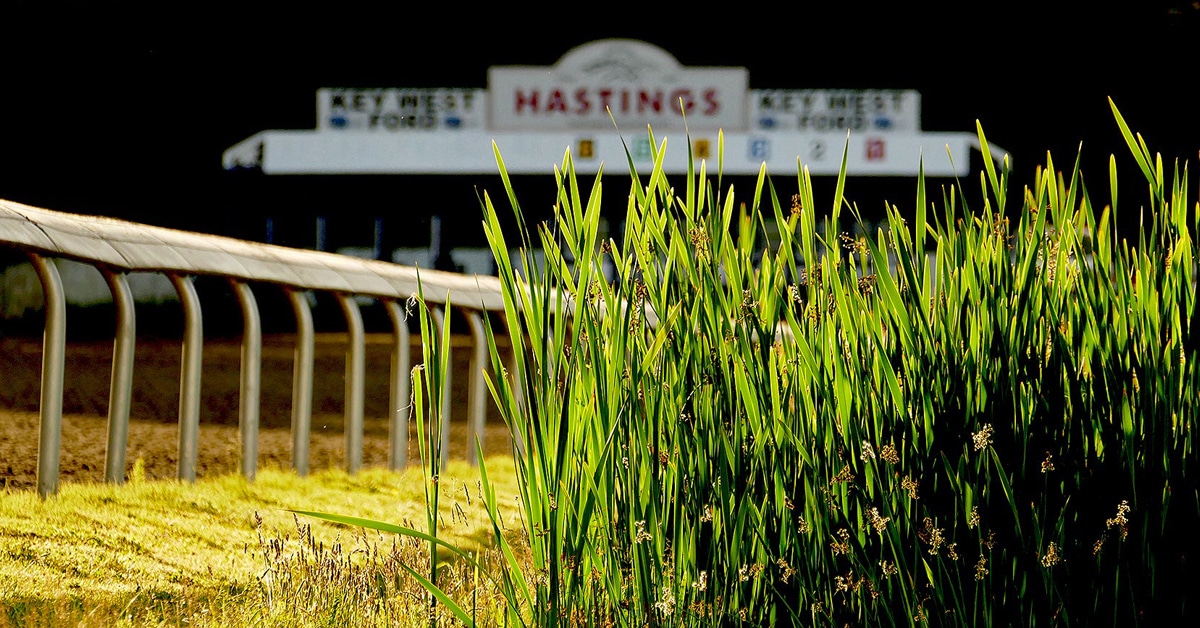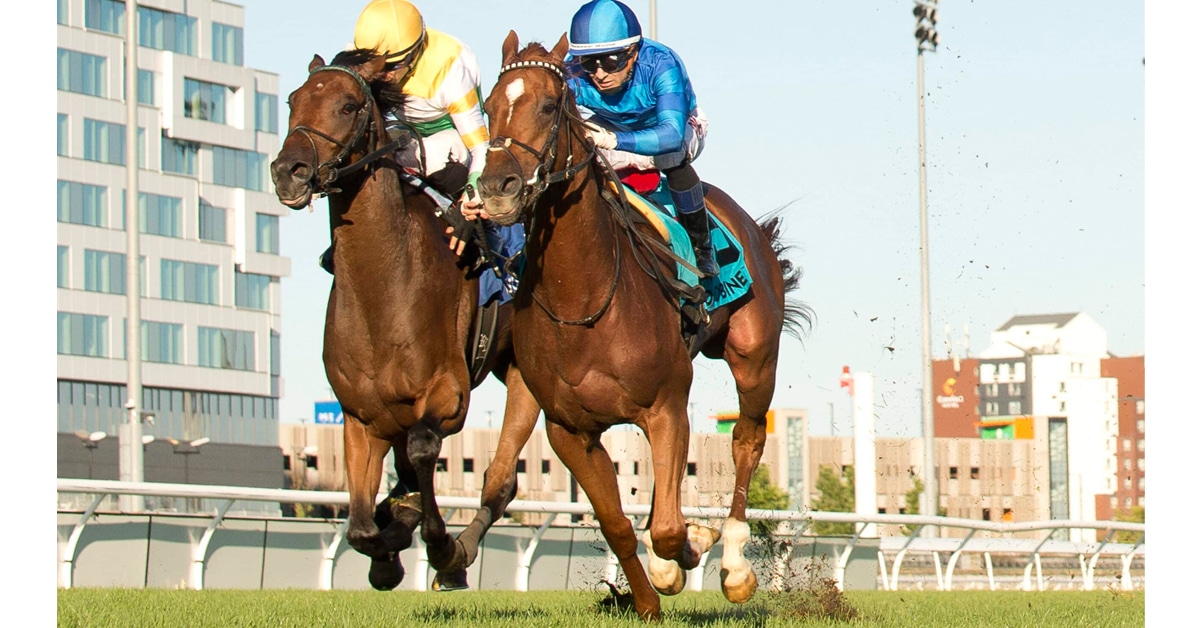Movement asymmetries and lameness in competing performance horses pose significant financial, veterinary, training and management challenges. Horses, like humans, show laterality or ‘handedness’ (a predisposition to favouring one side of the body compared to the other), which may be influenced by training. Understanding how variables, including tack, training environments and surfaces influence measurable movement symmetry are essential for conducting lameness assessments, longitudinal monitoring of horses during training and screening horses during pre-purchase and pre-performance examinations.
Recent work identified that different normalised threshold values may be required for left vs. right lame horses. Historically, lameness evaluations, assessment of asymmetries and monitoring of training influences on movement symmetries were usually conducted by the eye of the attending veterinarian or trainer. The rise of new technologies over the last two decades, and their implementation in veterinary medicine, including gait analysis software and inertial measurement units (IMUs) have provided quantitative metrics for supporting gait analyses in ridden horses and allow sharing of such information between the training and veterinary teams.
Racing Thoroughbreds generally train and race in one direction, either clockwise or anticlockwise, adapting gait and movement patterns which may result in asymmetrical muscle development and movement asymmetries between the right and left sides. When exercising on a curve, inequal forces are applied to the inside and outside limbs, potentially predisposing horses to asymmetries. The direction of racetracks differs globally, nationally and regionally, and the use of new technology to objectively determine laterality and directional preferences when racing will be useful for developing training programs for horses that present with distinct laterality. Those horses may struggle competing in countries and jurisdictions that race in the opposite direction to usual.
A new study was conducted by researchers from the Hong Kong Jockey Club, Singapore Turf Club, veterinary departments at the City University of Hong Kong, Royal Veterinary College, University of Calgary and the kinesiology department at the University of Calgary. The study, which was published in the peer-reviewed journal Animals, sought to determine the influence of typical racing direction on movement asymmetries in racing Thoroughbreds.
After the removal of 213 horses with large movement asymmetries, the study included the use of wireless IMUs to measure vertical head and pelvic movement of 307 Thoroughbreds (156 from the Singapore Turf Club, who typically race anticlockwise, and 151 from the Hong Kong Jockey Club, who race clockwise). All horses were assessed trotting in-hand on a firm surface in a straight line over a 20 meter distance on a loose rein. The relative direction and magnitude of poll and pelvic asymmetries were determined. Reduced loading on the left limb of a pair indicated a left asymmetry, and reduced loading on the right limb of a pair indicated a right asymmetry. The study utilised previously validated, objective, symmetry analysis systems to determine laterality from head and pelvic movement.
The study determined that asymmetry differences were present in forelimb and hindlimb movement, with horse preferences for side dependent on the predominant racing and training direction. Hong Kong horses, predominantly racing and training on a clockwise direction, presented with a propensity for left asymmetry, whereas Singapore horses, typically training and racing anticlockwise, had values suggesting right asymmetry. Whilst asymmetry displacement values were smaller than previously established lameness thresholds, the results suggest that exercising predominantly in one direction affects the symmetrical movement of horses. Musculoskeletal adaptations to training in one predominant direction are likely to occur in horses, and therefore increased knowledge of laterality and directional preferences in performance horses are essential for designing training plans and promoting performance success in racing horses.
A limitation of the study was that it did not account for differences in regular training intensity and directions in horses, and the authors could therefore only hypothesise that horses based in either Hong Kong or Singapore were likely to predominantly train in the direction that the racetracks were designed for. However, the study utilised validated technology to determine asymmetry and laterality preferences in competing Thoroughbred racehorses and concluded that there were distinct asymmetries which corresponded with racetrack directions across two locations.
Findings from the study should be considered by trainers and racetrack veterinarians when assessing horses for fitness to race, particularly those who may be travelling to compete in races undertaken in the opposite direction to their usual exercise pattern. Similar methodologies could be applied to longitudinal studies to determine the influence of asymmetrical movements and musculoskeletal development on future injury risk, and to improve the determination of laterality in performance horses.
The inclusion of new, quantitative assessment metrics in future veterinary research aids in accurate determination of gait nuances which may be missed by the naked eye, removes inter-observer bias across observers and provides measurements which can be accurately compared across studies.
More News

